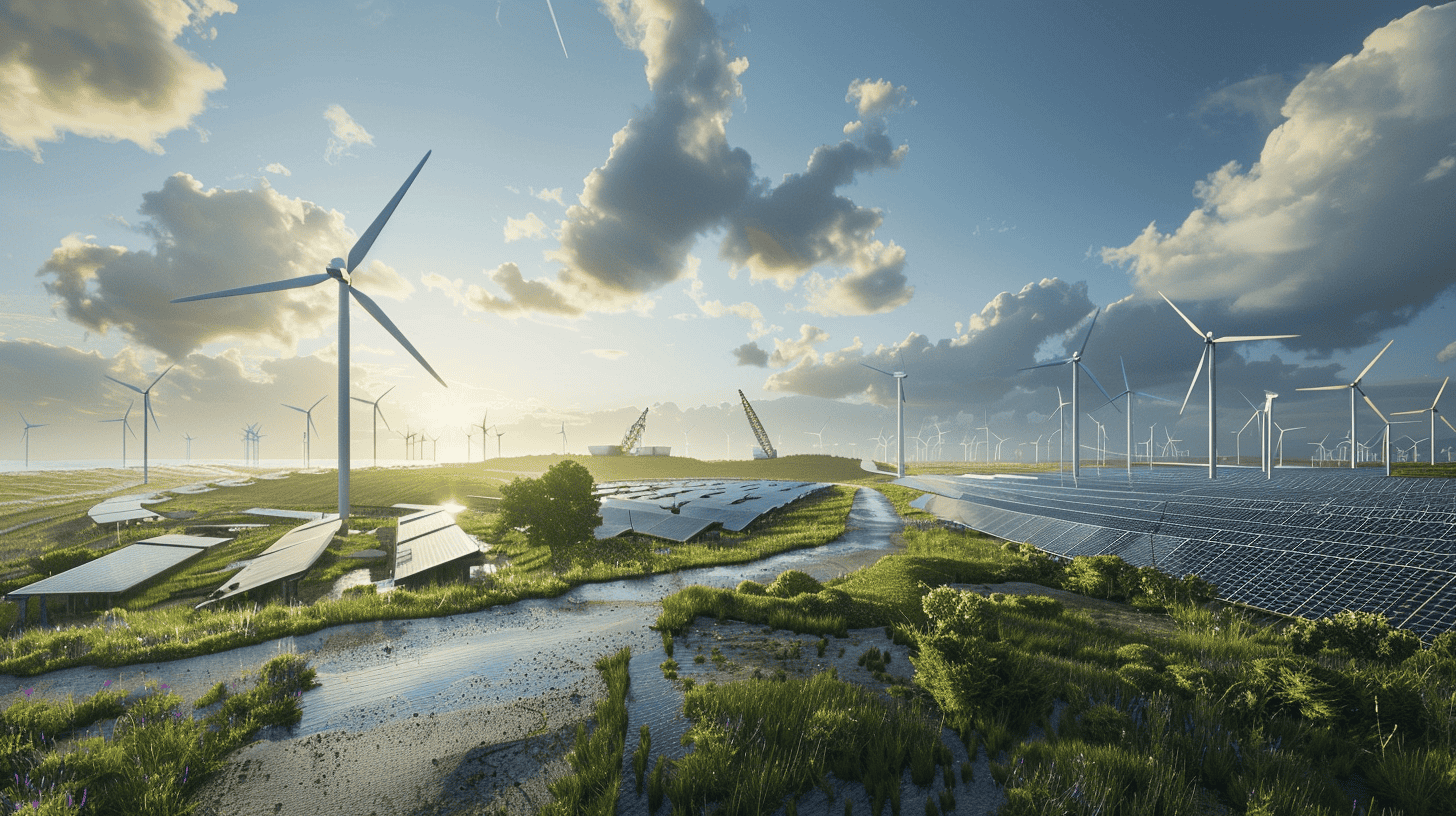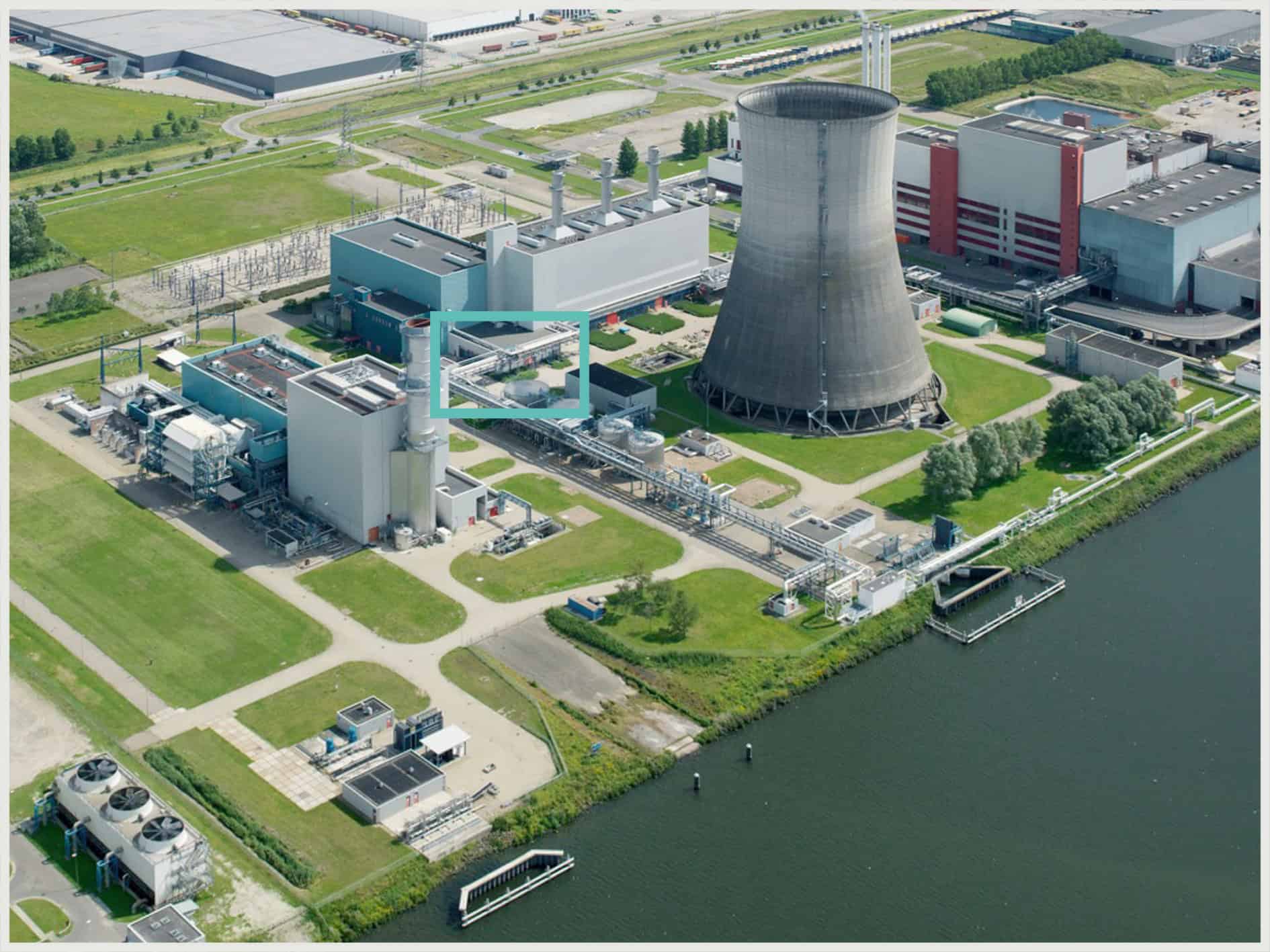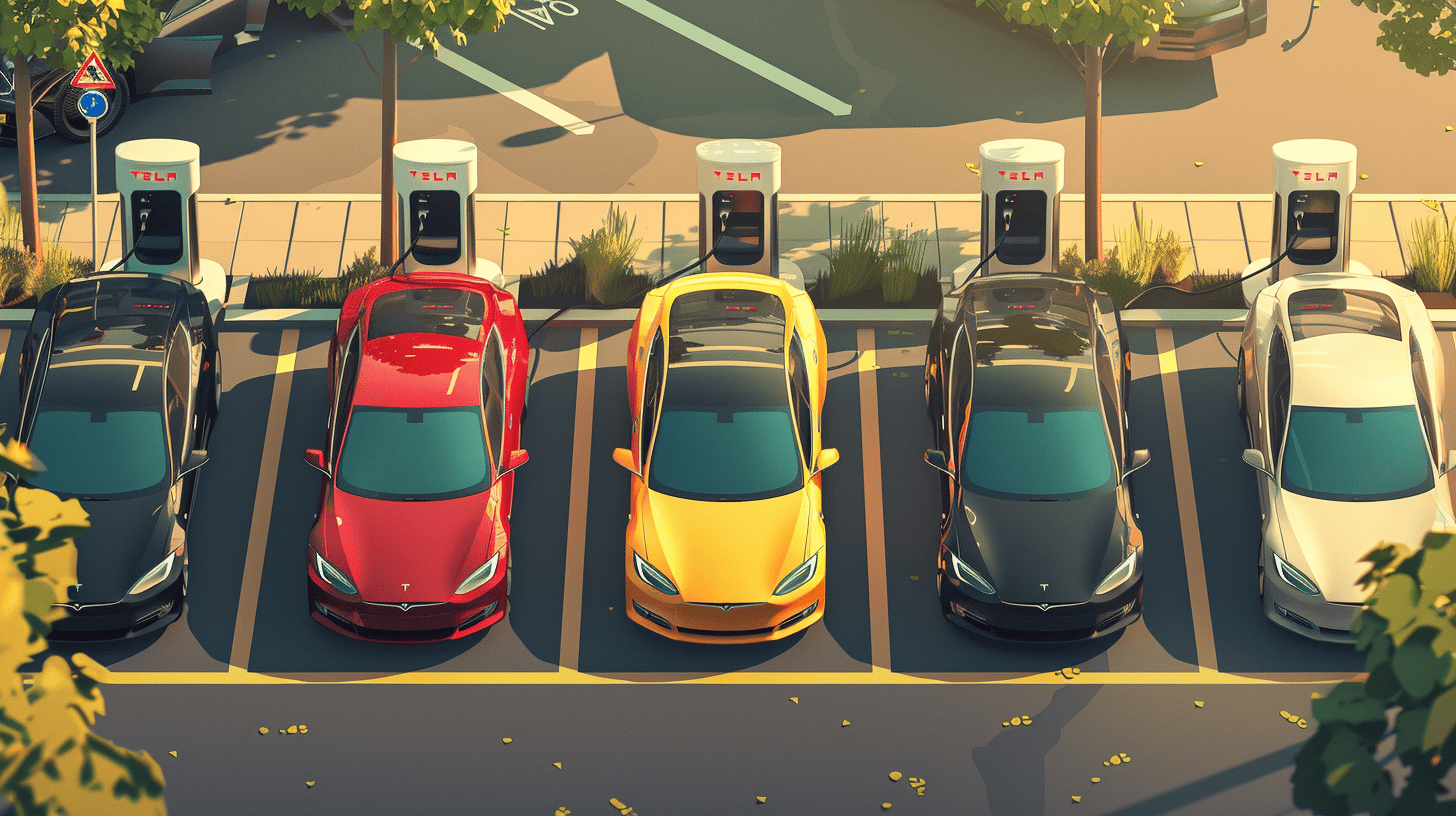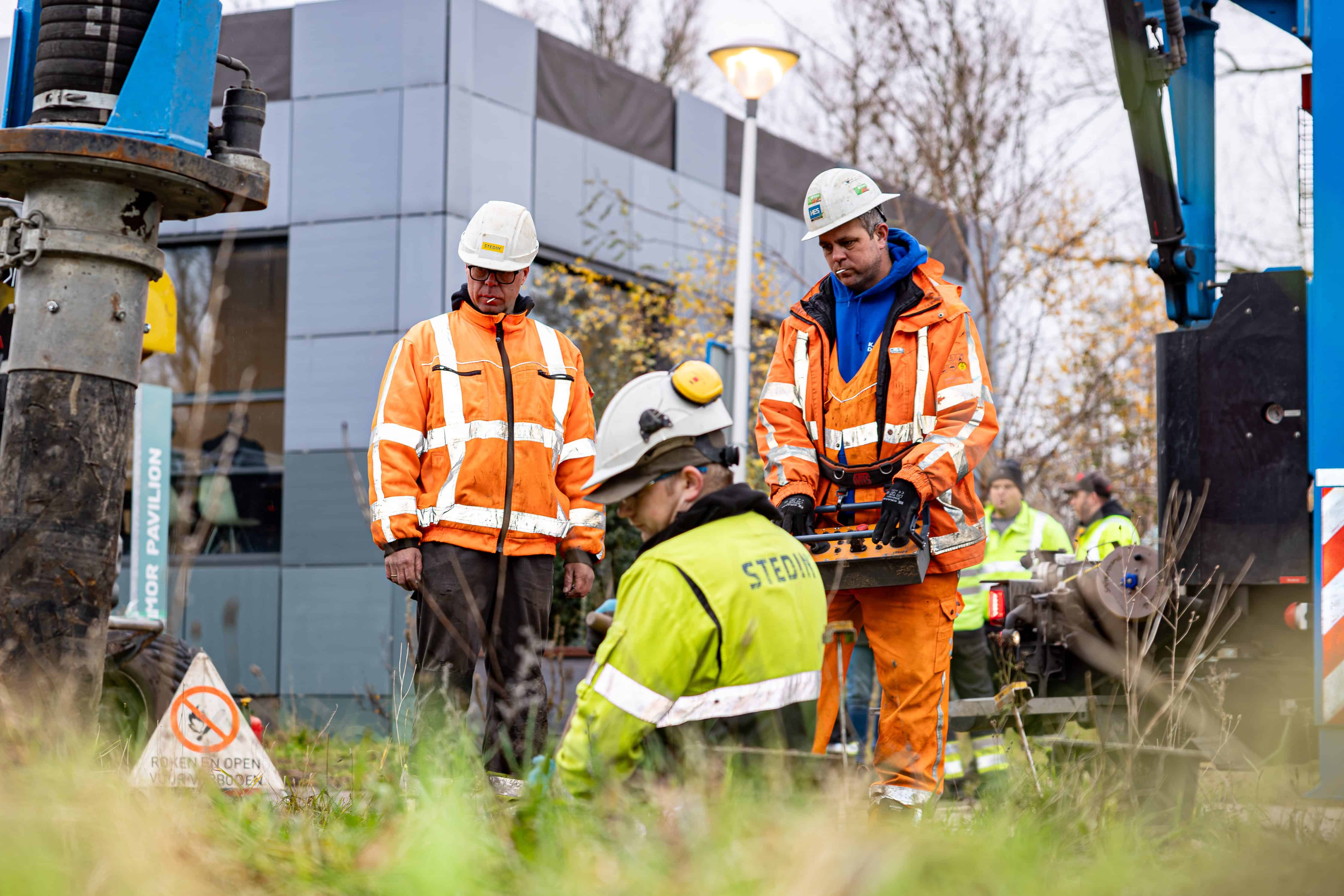
Western Australia’s leading energy utility, Synergy, is investing in battery storage as a sustainable alternative to coal-fired generators. CEO David Fyfe announced plans for a 500MW South-West big battery project by 2029, alongside existing and upcoming large-scale batteries. Neoen is also constructing a 219MW four-hour battery in Collie, potentially bringing the state’s battery storage capacity to nearly 10,000MWh by 2030. Fyfe believes batteries will play a crucial role in managing rooftop solar systems as coal is phased out. Battery storage contributes to decarbonization, supports grid transformation, and helps manage fluctuating energy demand. Synergy’s investment plan includes more big batteries, wind investments, and preparations for electric vehicles and green industries.
- There are plans to have 10.000MWh of storage in Western Australia by 2030.
- Batteries will play a crucial role in managing the output of rooftop solar systems, which are rapidly displacing coal.
Big batteries lead the charge in energy infrastructure
As the costs of utility-scale battery storage decrease, Australian energy utility Synergy is prioritizing battery storage as a viable alternative to coal-fired generators. The CEO of Synergy, David Fyfe, unveiled plans for a new 500MWh South-West big battery to be completed by 2029. This project will join the existing 2,000MWh battery at Collie and two batteries at Kwinana. Neoen is also constructing a 219MW four-hour battery in Collie, potentially bringing the state’s large-scale battery storage capacity to nearly 10,000MWh by the end of the decade.
Fyfe believes that batteries will play a crucial role in managing the output of rooftop solar systems, which are rapidly displacing coal. The market operator aims to keep “operating” demand above 600MW, signing a contract with Neoen to manage rooftop solar output and shift it to evening peaks. Fyfe envisions battery storage as a crucial part of Western Australia’s energy infrastructure, aiding in decarbonization and supporting the rapid transformation of the grid.
Investments in a renewable future
Synergy’s investment plan includes the development of big batteries and additional wind investments, as well as preparations for the growth of electric vehicles and increased electricity demand from green industries and green hydrogen. The utility’s investment plan aligns with the global trend of decreasing battery storage and solar panel costs, with solar electricity prices reducing by 89% between 2009 and 2019.
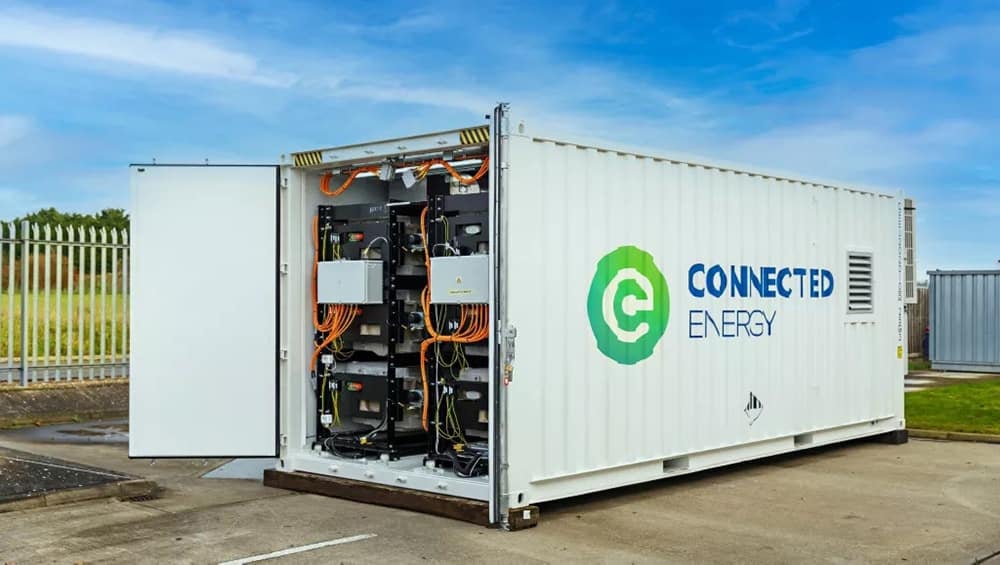
IRENA predicts that by 2030, total installed battery storage costs could decrease by 50-60%. The declining costs and advancements in battery storage and solar panel technology make a future powered by only these two sources of electricity generation increasingly plausible. Flow batteries are emerging as sustainable grid storage solutions, particularly for large-scale, long-duration storage applications. Building-integrated photovoltaics (BIPV) incorporates solar technology into building materials, providing energy generation and aesthetic alternatives.
Embracing the energy transition
Fyfe highlights the need for bravery and resilience in navigating the energy transition. He sees Western Australia’s status as the largest isolated grid in the world as an advantage rather than a weakness, urging the industry to embrace the changes and commit to the transition towards renewables.



